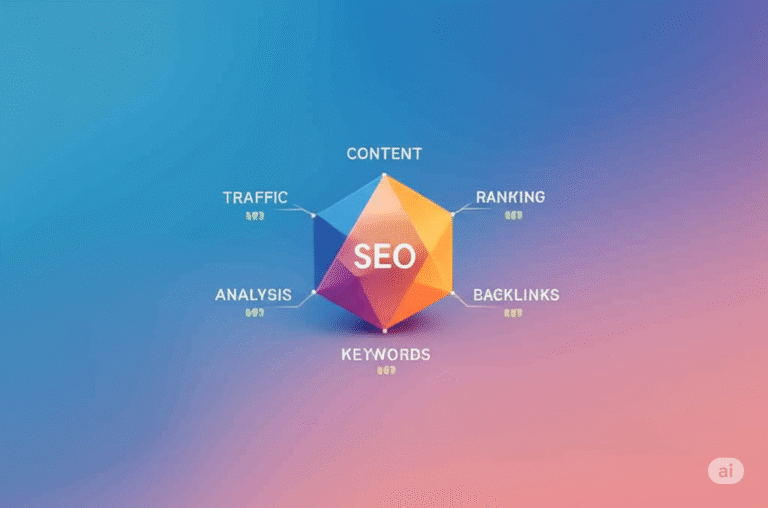How US Companies Are Successfully Transitioning to AI

Seventy-eight percent of US organizations now use artificial intelligence in at least one business function—up from just 55% a year ago. That’s not gradual adoption. That’s a stampede. And here’s the thing: while everyone’s racing to implement AI, only 26% of companies have actually developed the capabilities needed to move beyond proofs of concept and generate tangible value. The rest? They’re stuck in what industry insiders call “pilot purgatory.”
So what separates the winners from the wannabes?
The Money Talks (And It’s Saying A Lot)
US private AI investment hit $109.1 billion in 2024—nearly twelve times China’s $9.3 billion. That’s not just dominance. It’s a different universe. But throwing money at AI doesn’t guarantee success, as plenty of companies are discovering the hard way.
Companies using generative AI are seeing an average return of $3.7 for every dollar spent. The top performers? They’re pulling in $10.30 for every dollar invested. That ten-times multiplier isn’t luck—it’s strategy. These leaders aren’t trying to automate everything at once. They pursue only about half as many AI opportunities as their less advanced peers, focusing ruthlessly on the most promising initiatives.
Think about that for a second. Success in AI isn’t about doing more. It’s about doing less, but better.
Where the Rubber Meets the Road
Walk into Ma’aden’s offices in Saudi Arabia (yes, they’re working with US tech), and you’ll find employees saving up to 2,200 hours monthly using Microsoft 365 Copilot. At Access Holdings, writing code now takes two hours instead of eight, chatbots launch in ten days instead of three months, and presentations are prepared in 45 minutes instead of six hours.
These aren’t incremental improvements. They’re transformative.
But here’s where it gets interesting—the how matters more than the what. About 70% of AI implementation challenges stem from people and process issues, with only 20% from technology problems and just 10% involving the algorithms themselves. Yet most companies obsess over the algorithms while ignoring the humans who need to use them.
The smartest companies flip this script entirely. AI leaders follow the 10-20-70 rule: putting 10% of resources into algorithms, 20% into technology and data, and 70% into people and processes. It’s counterintuitive, especially in an industry that loves to fetishize technical complexity. But it works.
The Deployment Reality Check
The average company can deploy AI in under eight months and starts seeing benefits around thirteen months in. Not years—months. Seventy-four percent of businesses report meeting or exceeding their AI investment expectations, which is remarkably high for any emerging technology.
Compare that to earlier transformative technologies. Generative AI hit 40% adoption in the US workforce within two years of ChatGPT’s launch—double the internet’s adoption rate at the same point. Personal computers took three years to reach 20% adoption. AI did it in less than two.
The speed is both exhilarating and terrifying.
The Hidden Obstacles
Now for the uncomfortable truths. While 80% of organizations believe their data is AI-ready, almost all experience challenges during implementation. That gap between perception and reality? It’s costing companies millions.
Sixty-four percent of organizations manage at least one petabyte of data, and 41% manage at least 500 petabytes. Managing that volume isn’t just a technical challenge—it’s an architectural one. Data scattered across cloud storage, self-hosted servers, and (yes, still) physical documents creates fragmentation that cripples AI performance before it even starts.
And then there’s the talent problem. Sixty-nine percent of organizations report a shortage of qualified AI professionals. The competition for AI talent has become so fierce that companies are increasingly choosing to upskill existing employees rather than hunt for unicorns in an impossible hiring market.
The Strategic Playbook That Works
So what are successful companies actually doing differently?
First, they’re selective. While struggling companies chase dozens of AI use cases simultaneously, leaders pick three or four high-impact opportunities and execute flawlessly. AI leaders successfully scale more than twice as many products and services across their organizations compared to laggards.
Second, they move fast on generative AI specifically. The gap between predictive AI and generative AI matters—a lot. GenAI opens doors in content creation, qualitative reasoning, and system orchestration that traditional machine learning simply can’t touch. By late 2024, 71% of organizations regularly used generative AI in at least one business function, up from 33% in 2023.
Third, they obsess over change management. Only about one-third of companies in late 2024 prioritized change management and training as part of their AI rollouts. The other two-thirds? They’re wondering why adoption is slow and ROI is disappointing.
Leadership commitment matters enormously here. When executives actively champion AI—explaining why it matters beyond the buzzwords—employees respond. When they don’t, even the best technology collects digital dust.
What 2025 Holds
PwC predicts that AI adoption in product development could reduce time-to-market by 50% and lower costs by 30% in industries like automotive and aerospace. We’re talking about AI systems that can propose improved car chassis configurations, simulate performance under different conditions, and suggest designs engineers might overlook.
The technology is moving toward what industry watchers call “agentic AI”—systems that don’t just answer questions but autonomously complete complex tasks across workflows. Think AI agents handling customer inquiries that traditional chatbots can’t touch, or systems that plan, reason through problems, and take actions without constant human supervision.
With continued investment, AI adoption rates are expected to rise even further in 2025. The question isn’t whether your company will adopt AI. It’s whether you’ll be in the 26% creating real value or the 74% still struggling to scale.
The companies getting this right aren’t treating AI as a technology project. They’re treating it as a business transformation that happens to involve technology. They’re investing in their people first, their processes second, and their algorithms third. They’re being ruthlessly selective about where to deploy AI. And they’re moving with urgency because—let’s be honest—the window for competitive advantage is closing fast.
The AI transition isn’t about having the fanciest tools or the biggest budget. It’s about knowing where to focus, how to change, and when to move. The American companies figuring that out aren’t just surviving the transition.





